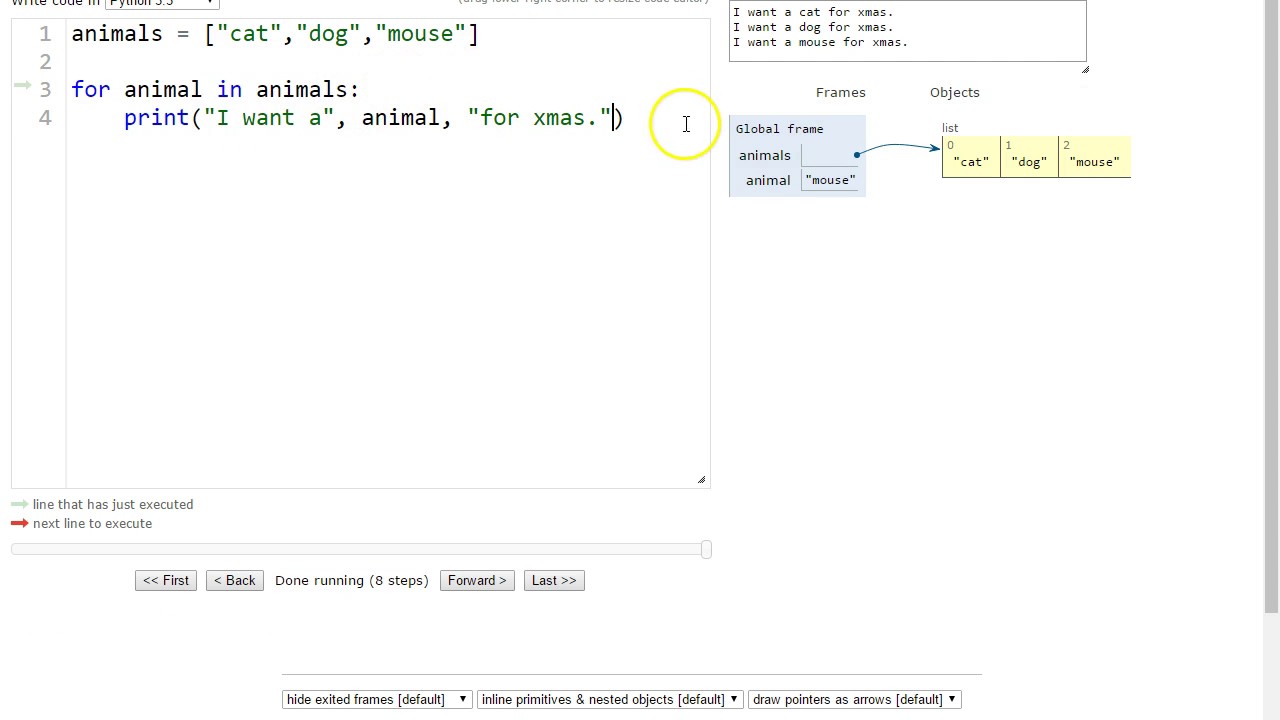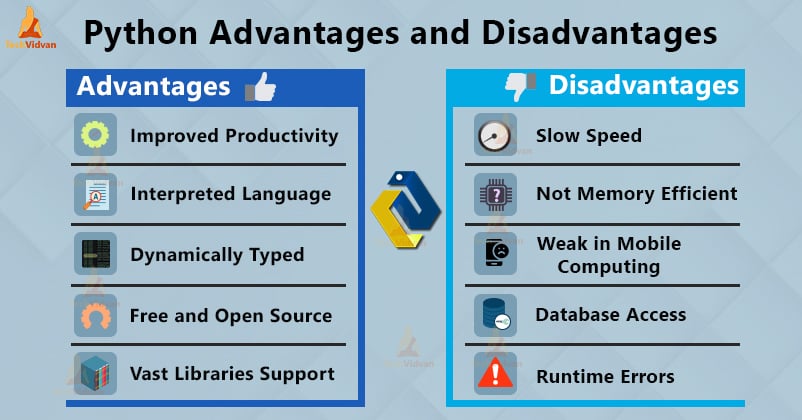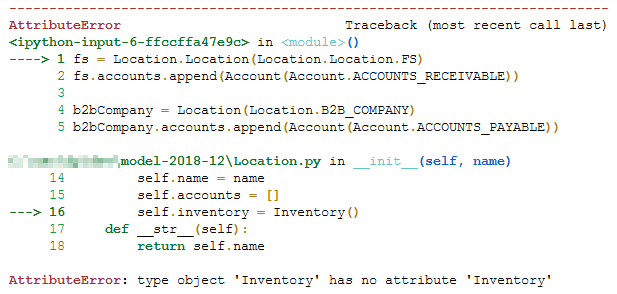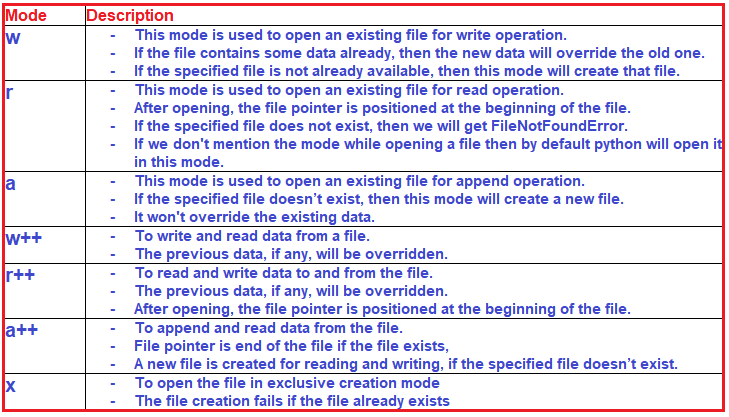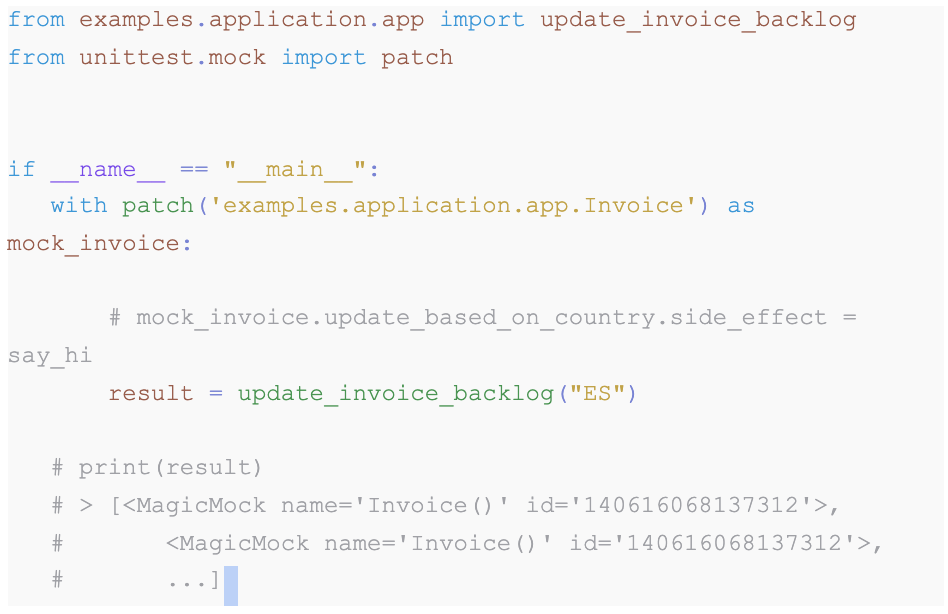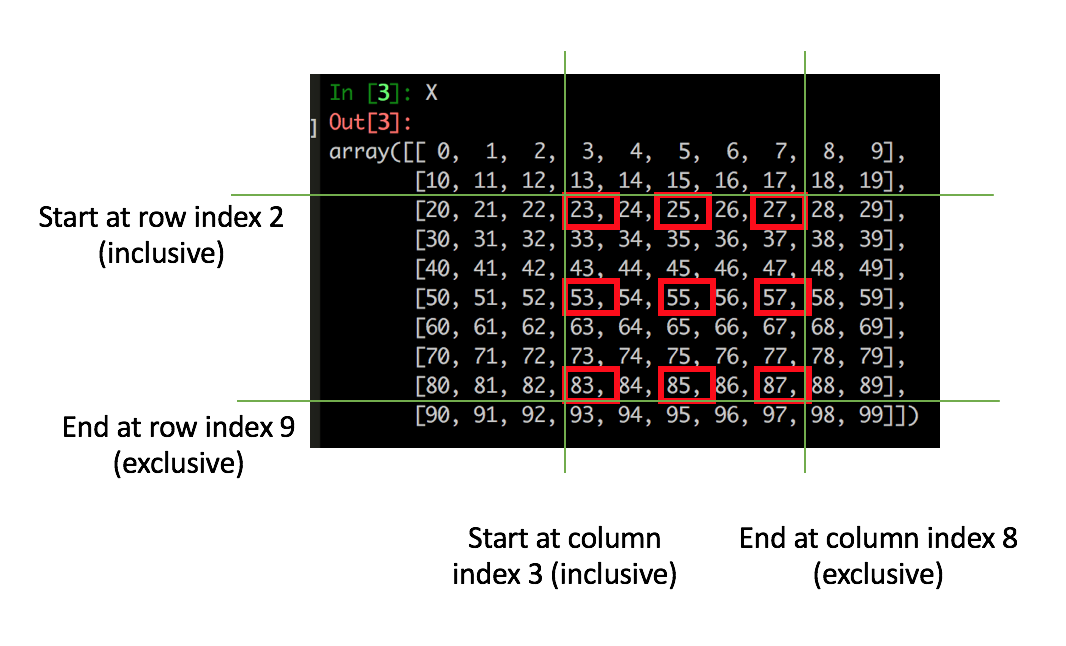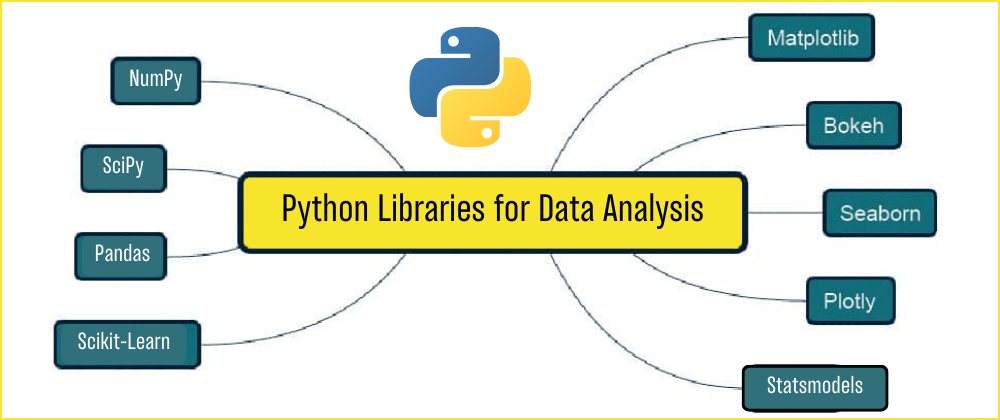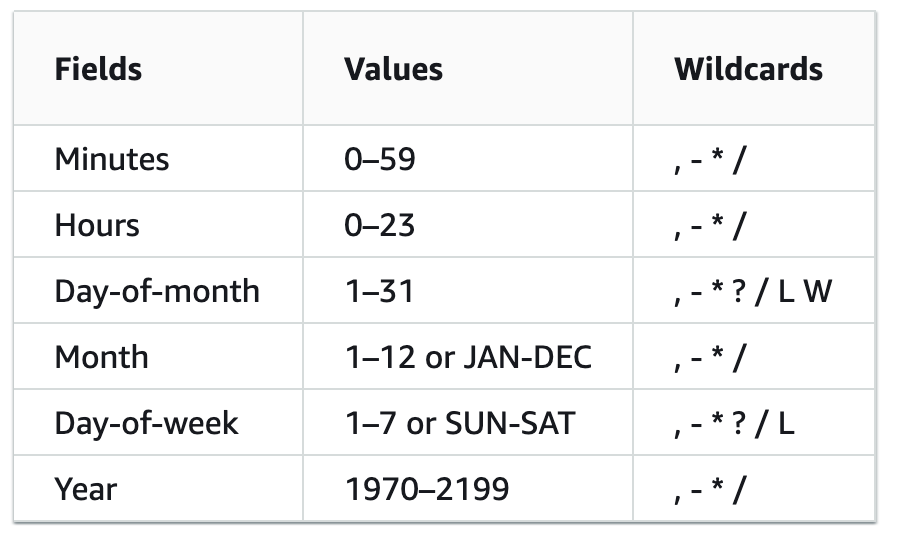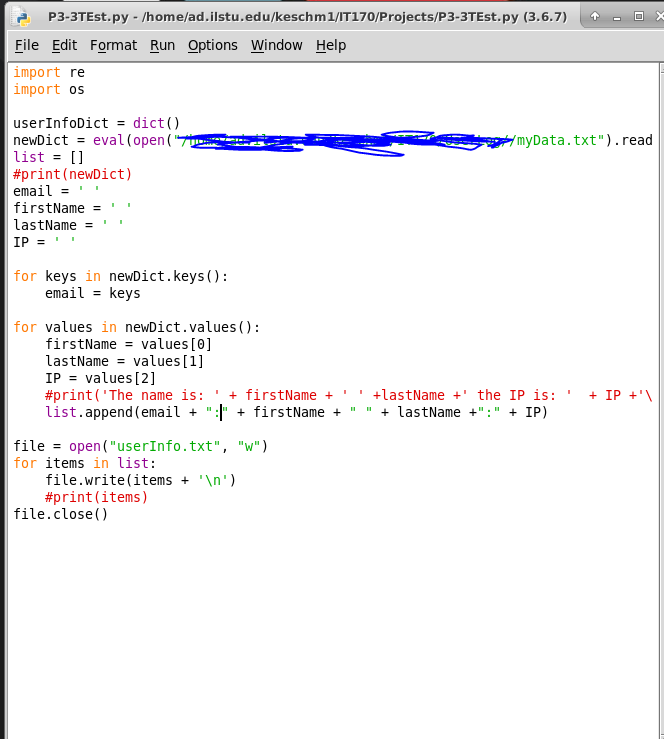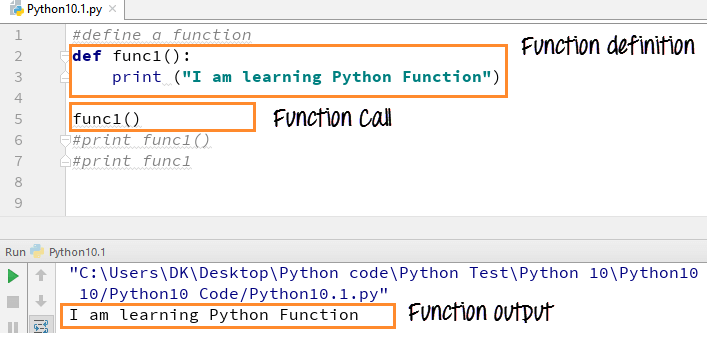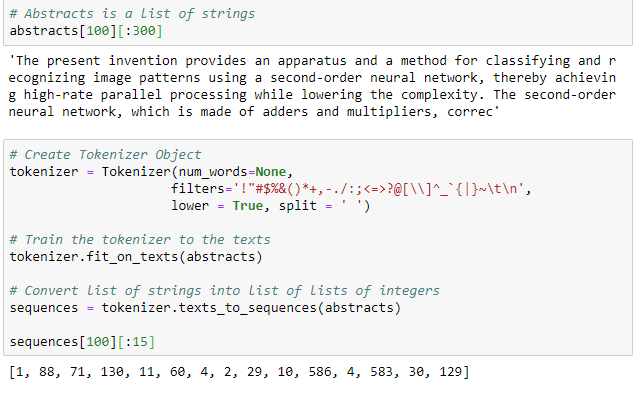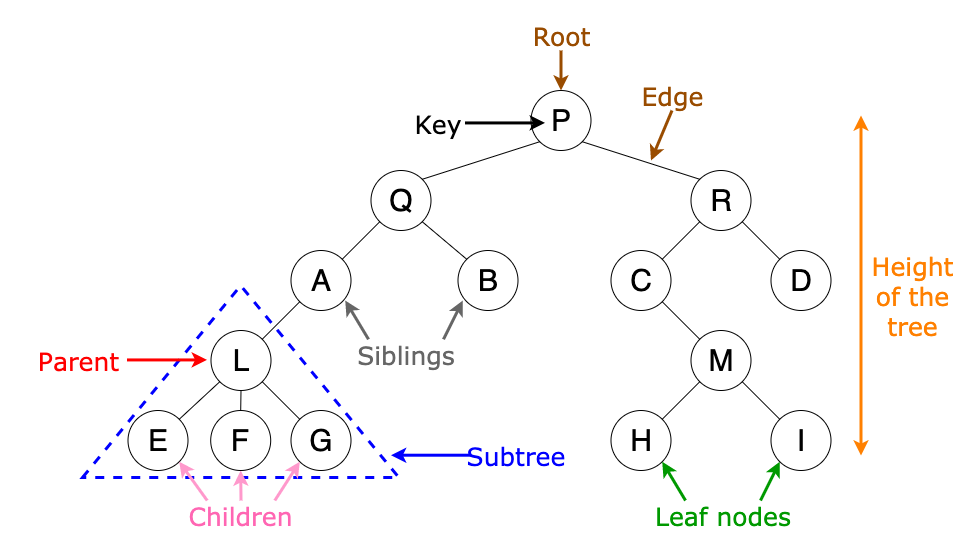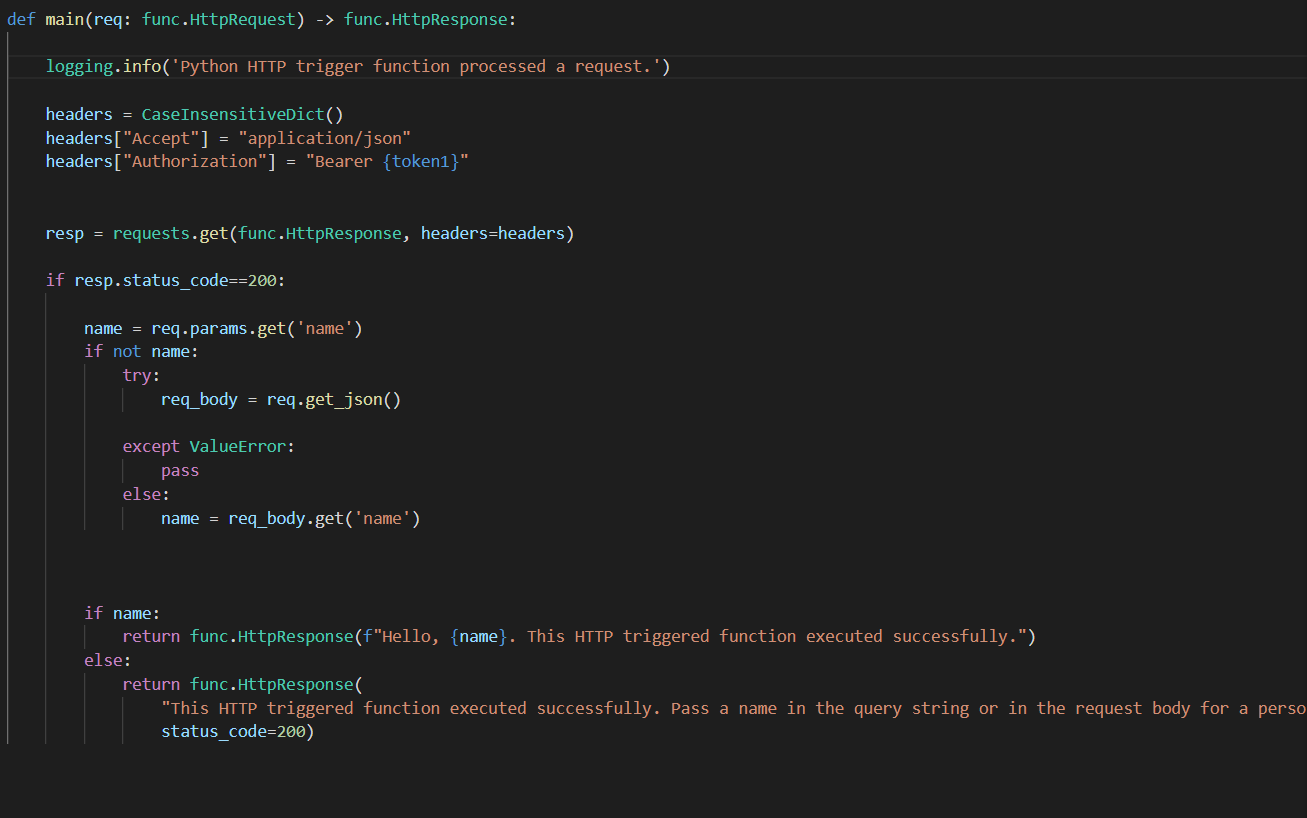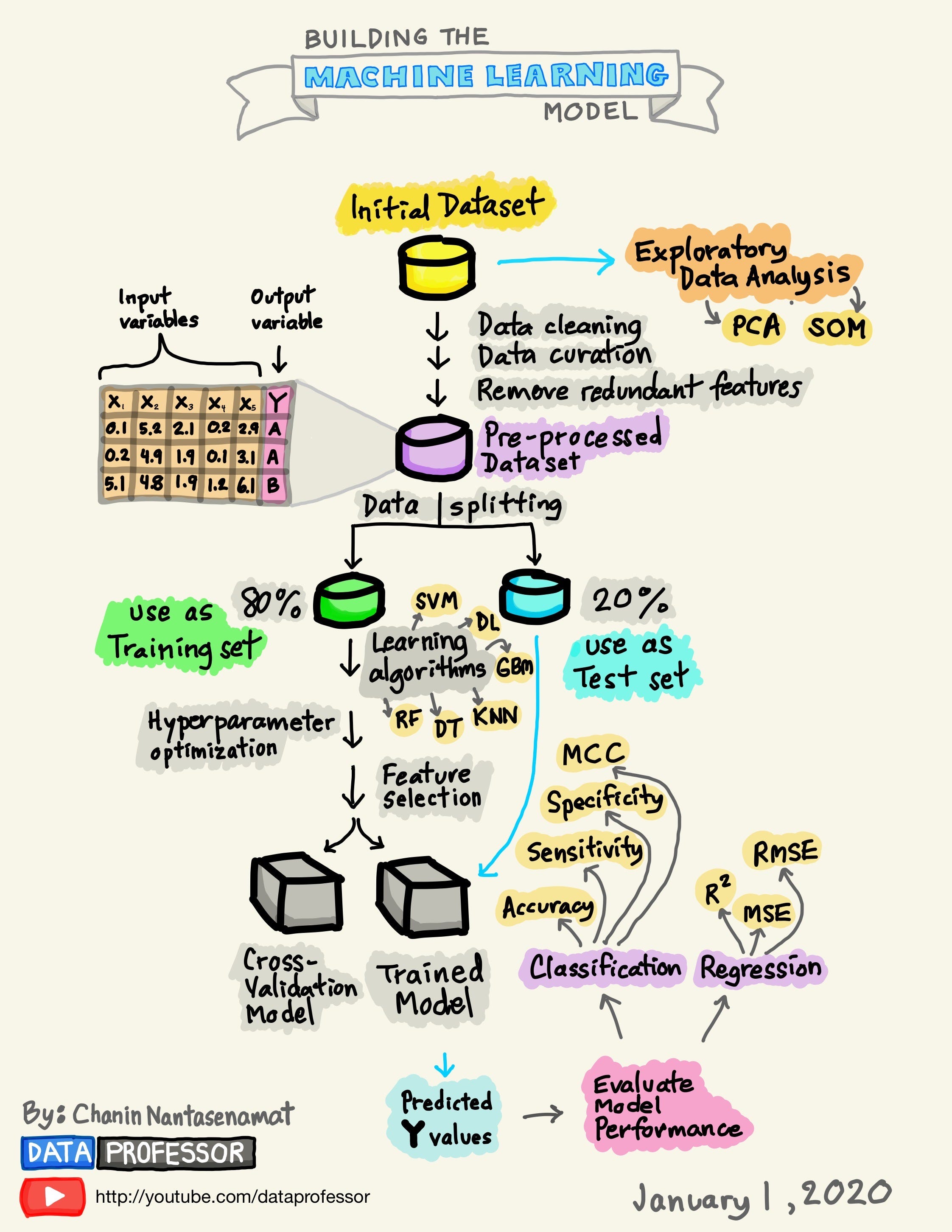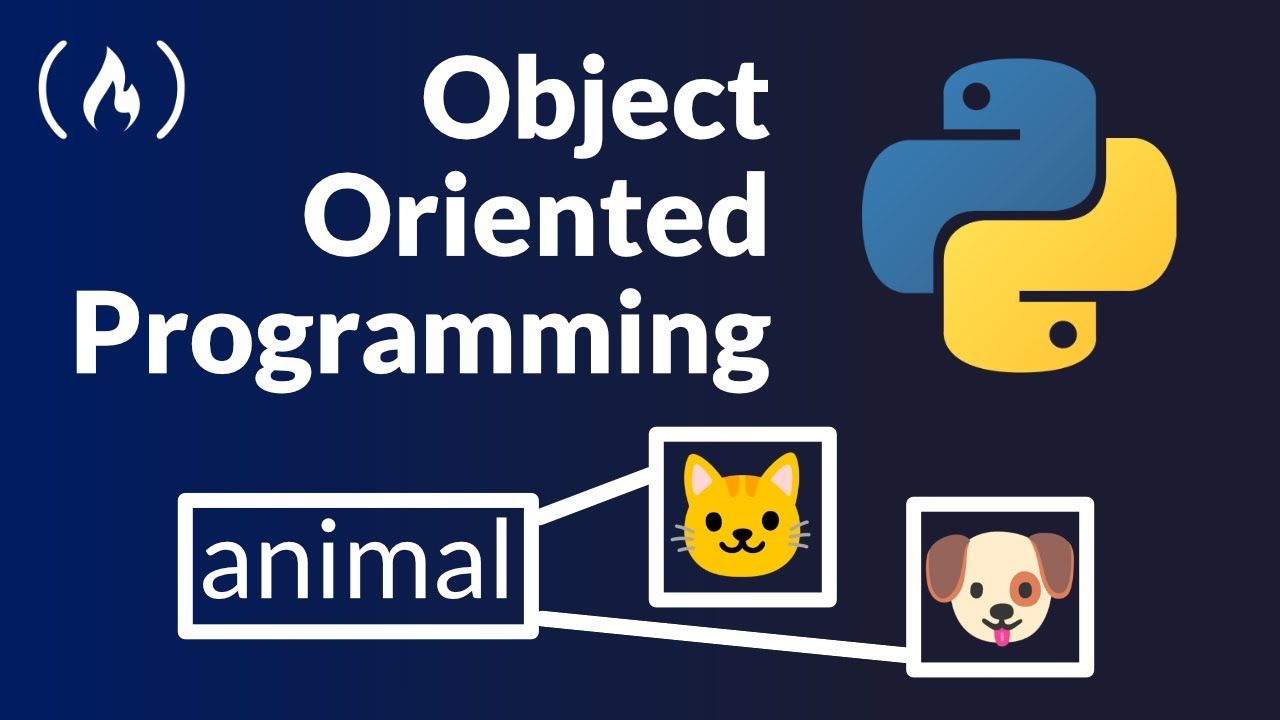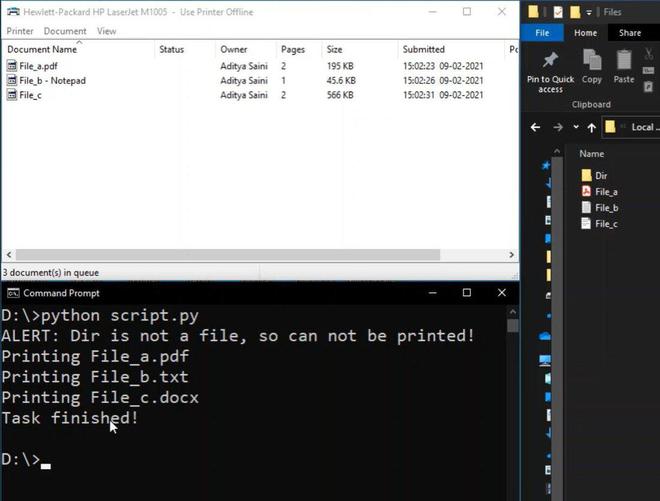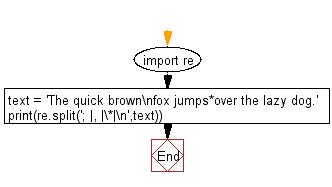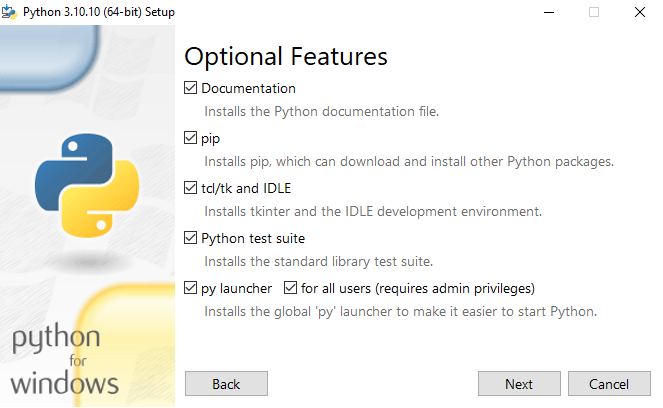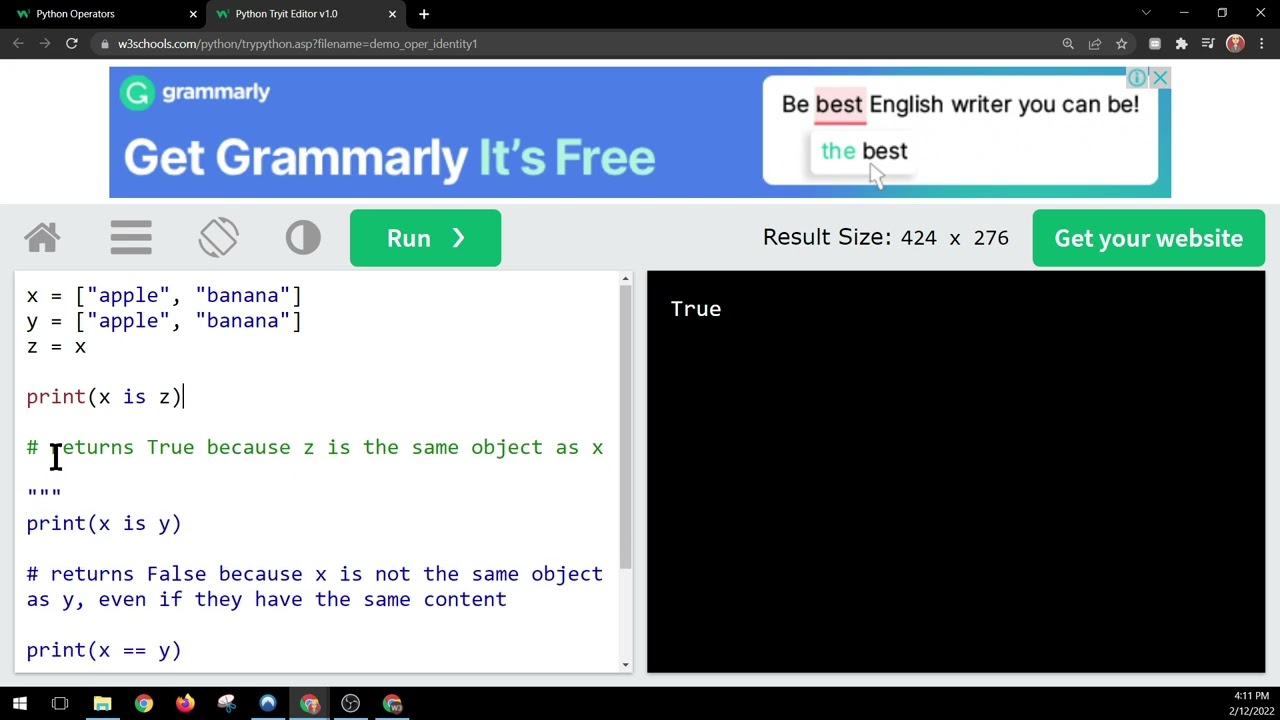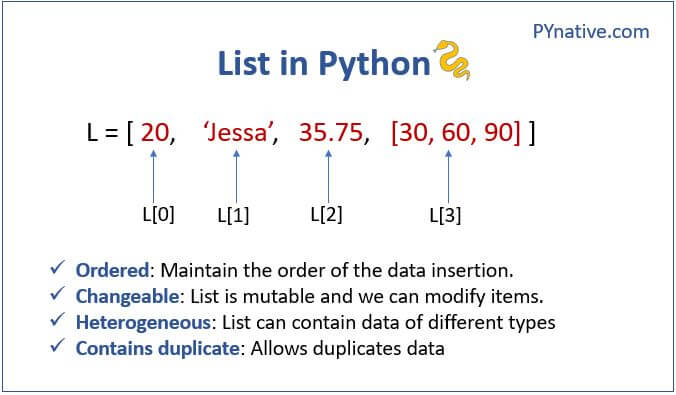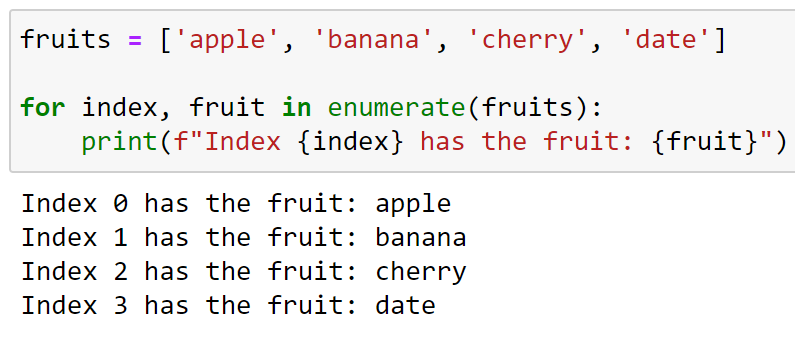How to convert Python code to module?
How to convert Python code to module?

I'm happy to help!
Converting a Python script to a module is a straightforward process that involves creating a new file, defining functions or classes within it, and importing them into your main program. Here's a step-by-step guide on how to do this:
Why convert a script to a module?
Before we dive into the process, let me explain why you might want to convert a script to a module.
A Python module is essentially a file that contains executable code (functions, classes, variables) and can be reused in multiple programs. Converting a script to a module helps to:
Reuse code: You can reuse the same functions or classes across multiple projects. Organize code: A module keeps your related code organized in one place, making it easier to maintain and update. Improve readability: By breaking down your code into smaller modules, you can improve the overall readability of your program.Step-by-Step Process:
Now that we've covered the motivation, let's go through the process:
Create a new file: Open a text editor or IDE (Integrated Development Environment) and create a new file with a.py extension. Name it something meaningful, like my_util_module.py. Define functions or classes: In your new file, define one or more functions or classes that you want to reuse in multiple programs. Write docstrings: If you're using Docstrings (a way of documenting your code), add them to your functions or classes. This helps other developers understand what each function does. Save the module: Save the file with a meaningful name and path. Import the module: In your main program, use the import statement to import the newly created module.
Here's an example of how you might structure your module:
# my_util_module.py
def greet(name: str) -> None:
"""Prints a personalized greeting message"""
print(f"Hello, {name}!")
class Person:
def init(self, name: str):
self.name = name
def say_hello(self) -> None:
"""Prints the person's greeting message"""
greet(self.name)
Using your module
Now that you have a module, let's see how to use it in another program:
Create a new file: Create a new file with a.py extension (e.g., main.py) where you want to reuse the functions or classes from your module. Import the module: Use the import statement to import your newly created module:
# main.py
import my_util_module
def main() -> None:
person = Person("John")
person.say_hello()
Conclusion
Converting a Python script to a module is a straightforward process that helps you reuse code, organize it, and improve readability. By following the steps outlined above, you can create reusable modules that make your programming life easier!
Can I create a Python module?

Yes, you can absolutely create a Python module!
A Python module is essentially a collection of related functions, classes, and variables that are designed to perform specific tasks or solve specific problems. In other words, it's a self-contained unit of code that can be imported into your Python program for reuse.

Here are some reasons why creating Python modules is useful:
Code Reuse: By organizing your code into separate modules, you can avoid duplicating code and maintain a more organized structure. Modularity: Modules allow you to break down large projects into smaller, manageable pieces that can be developed independently. Easy Distribution: If you create a useful module, others can easily incorporate it into their own projects, promoting sharing and collaboration.To create a Python module, follow these steps:
Choose a Name: Pick a unique name for your module (e.g., "math_utils" or "data_processing"). Create the File: Create a new file with the .py extension (e.g., math_utils.py). Define Your Functions and Classes: Inside the module, define the functions, classes, and variables you want to include. Save and Test: Save your module file and test it by importing it into another Python script.Some best practices for creating Python modules:
Use Meaningful Names: Name your modules and functions in a way that makes sense for the problem domain or task. Document Your Code: Use docstrings, comments, and other documentation techniques to make your code easy to understand. Follow Conventions: Follow established conventions for naming variables, functions, and classes (e.g., use underscore notation for private attributes). Keep it Simple: Avoid overly complex or convoluted code in your module.When you're done creating your Python module, you can share it with others by distributing the file, using a package manager like pip, or even posting it online for the community to benefit from!
In conclusion, creating Python modules is an excellent way to organize, reuse, and share code. By following best practices and embracing modularity, you'll be well on your way to developing robust, maintainable, and efficient software!
